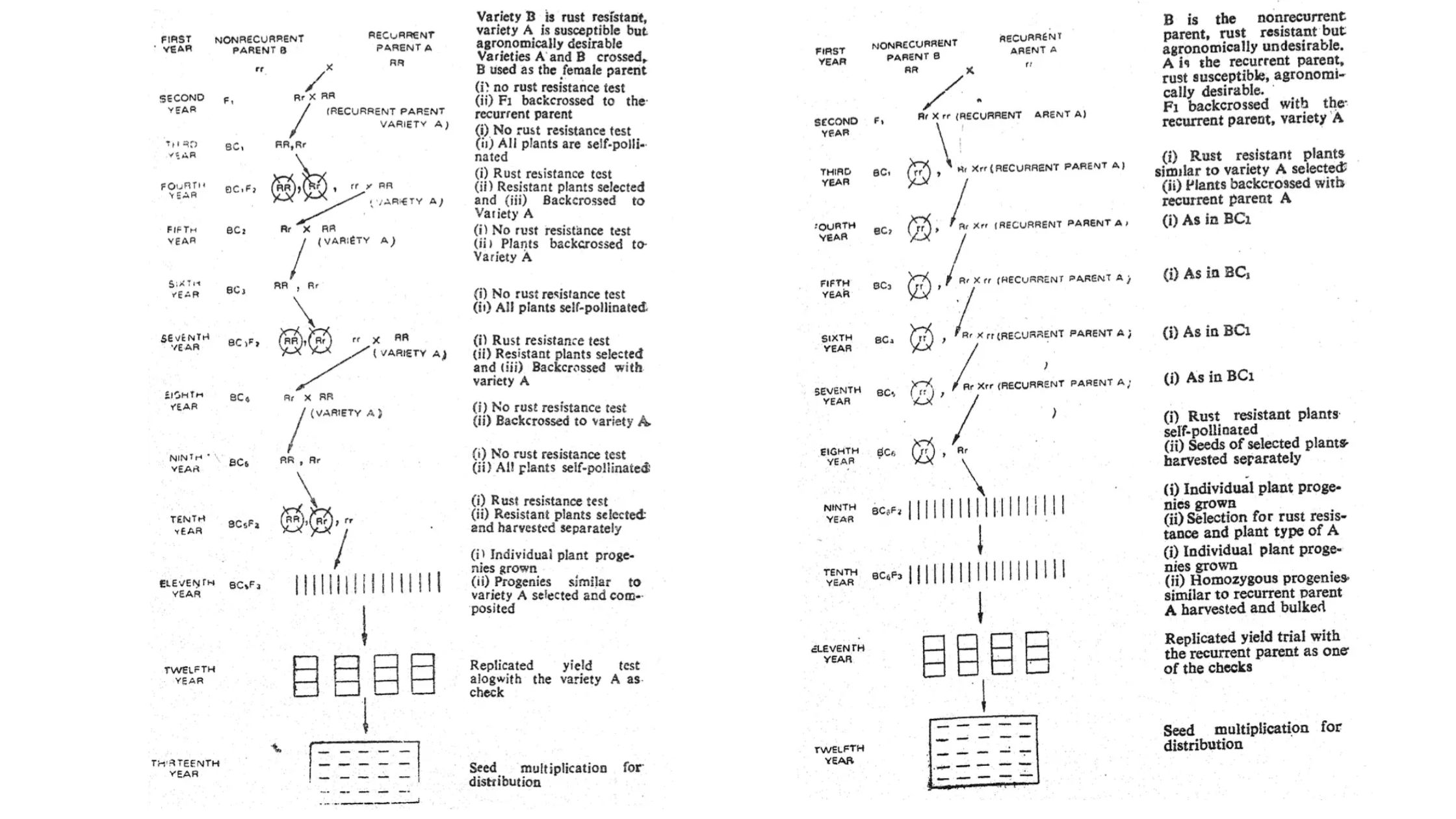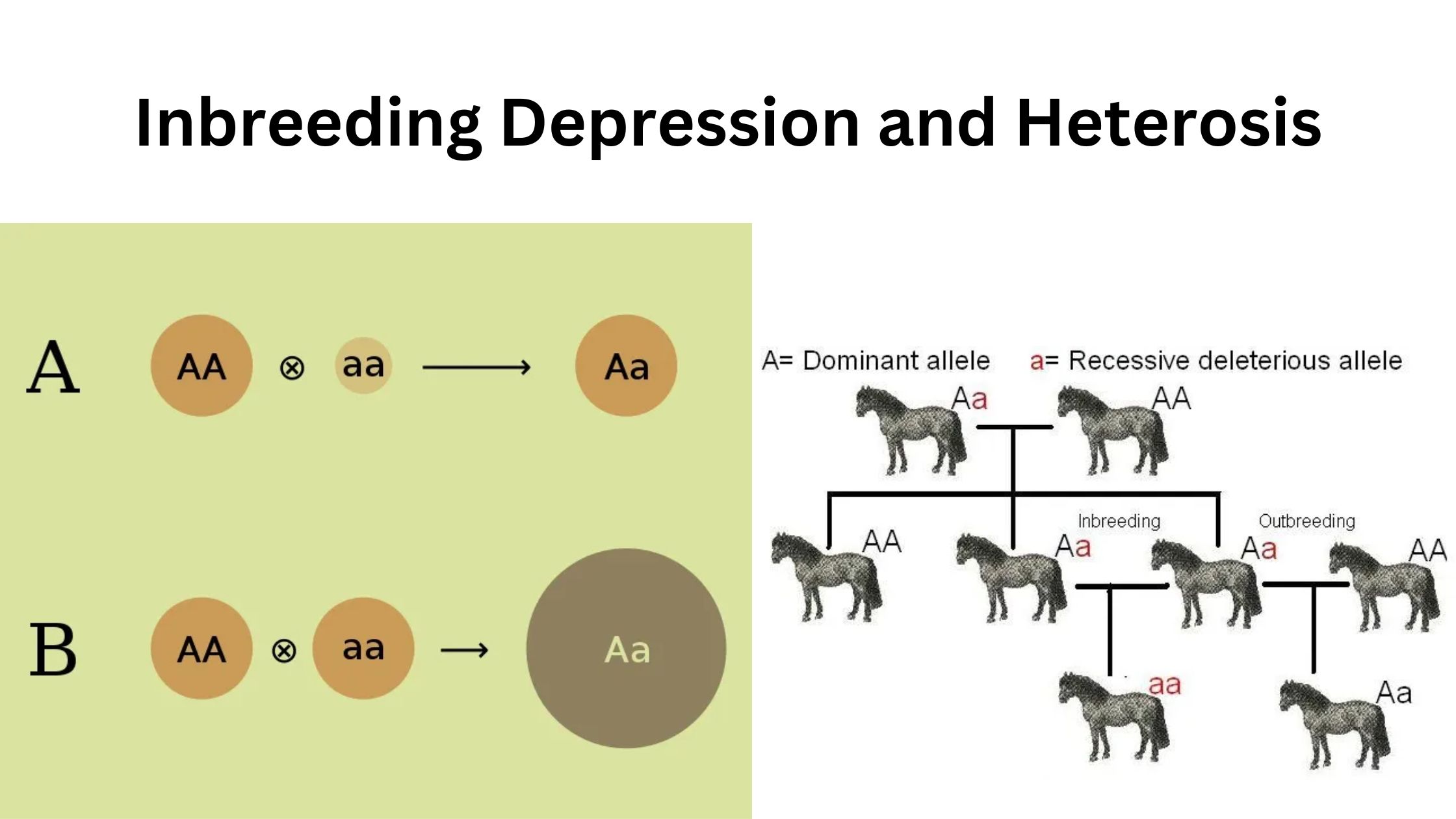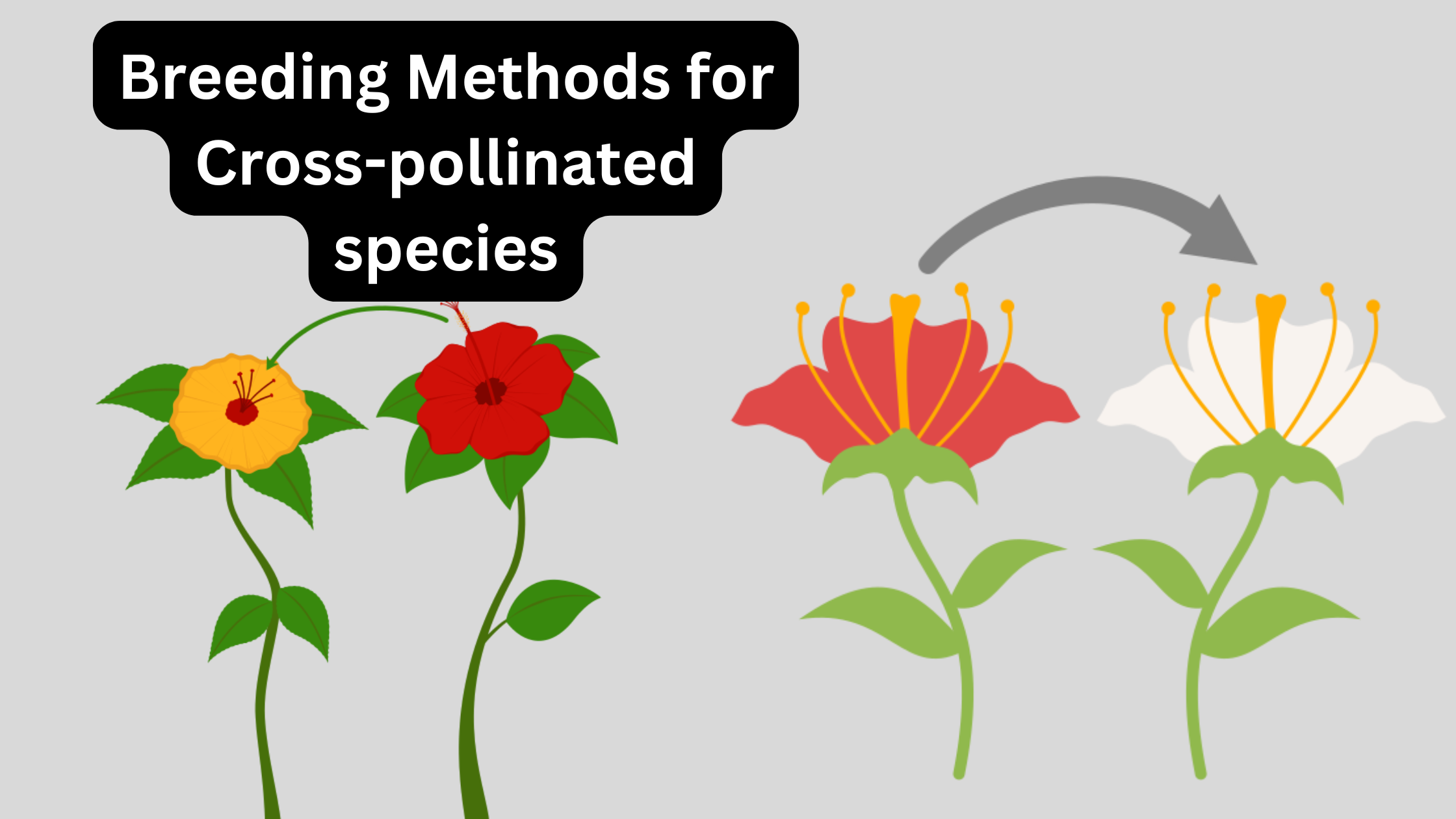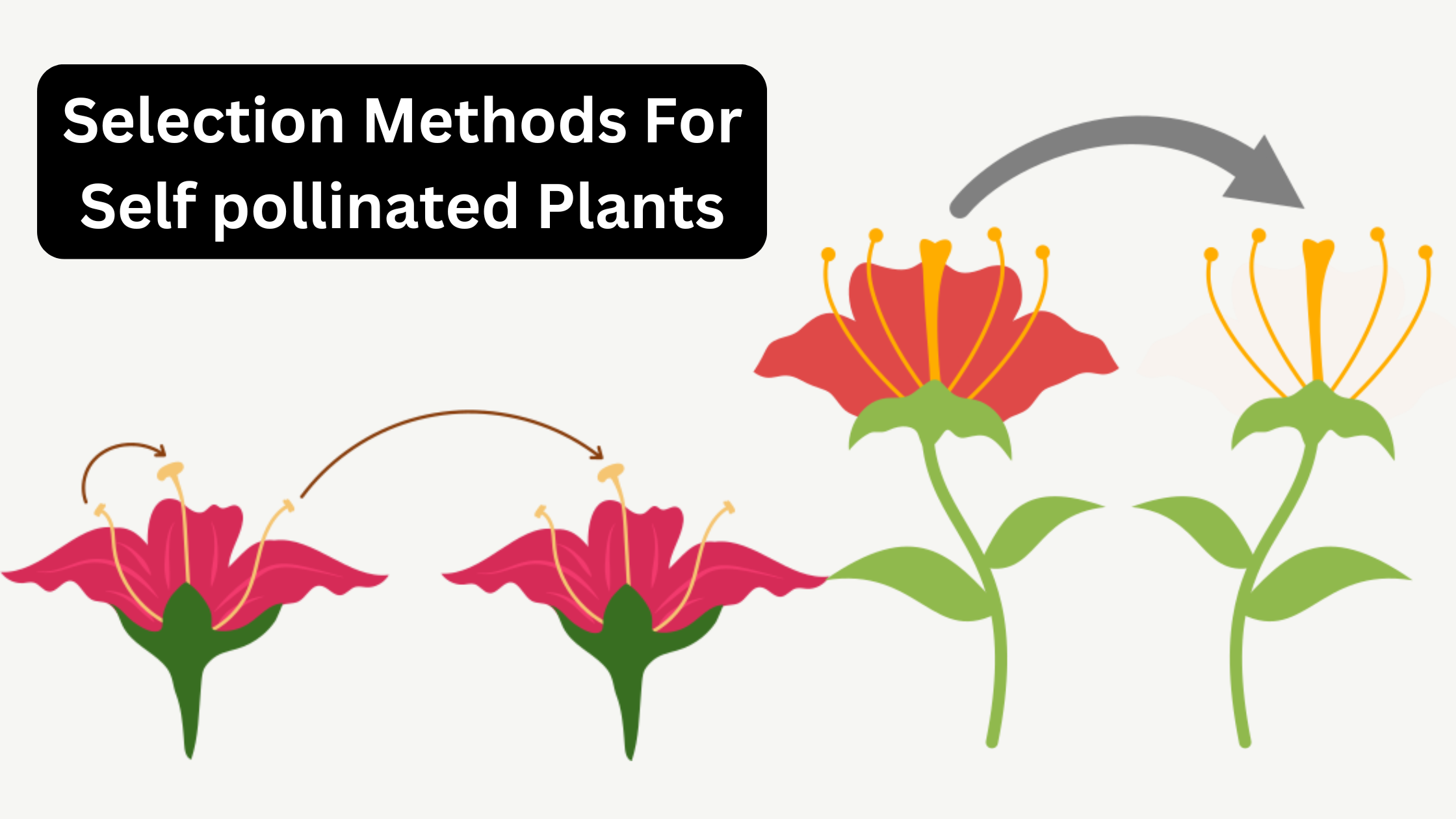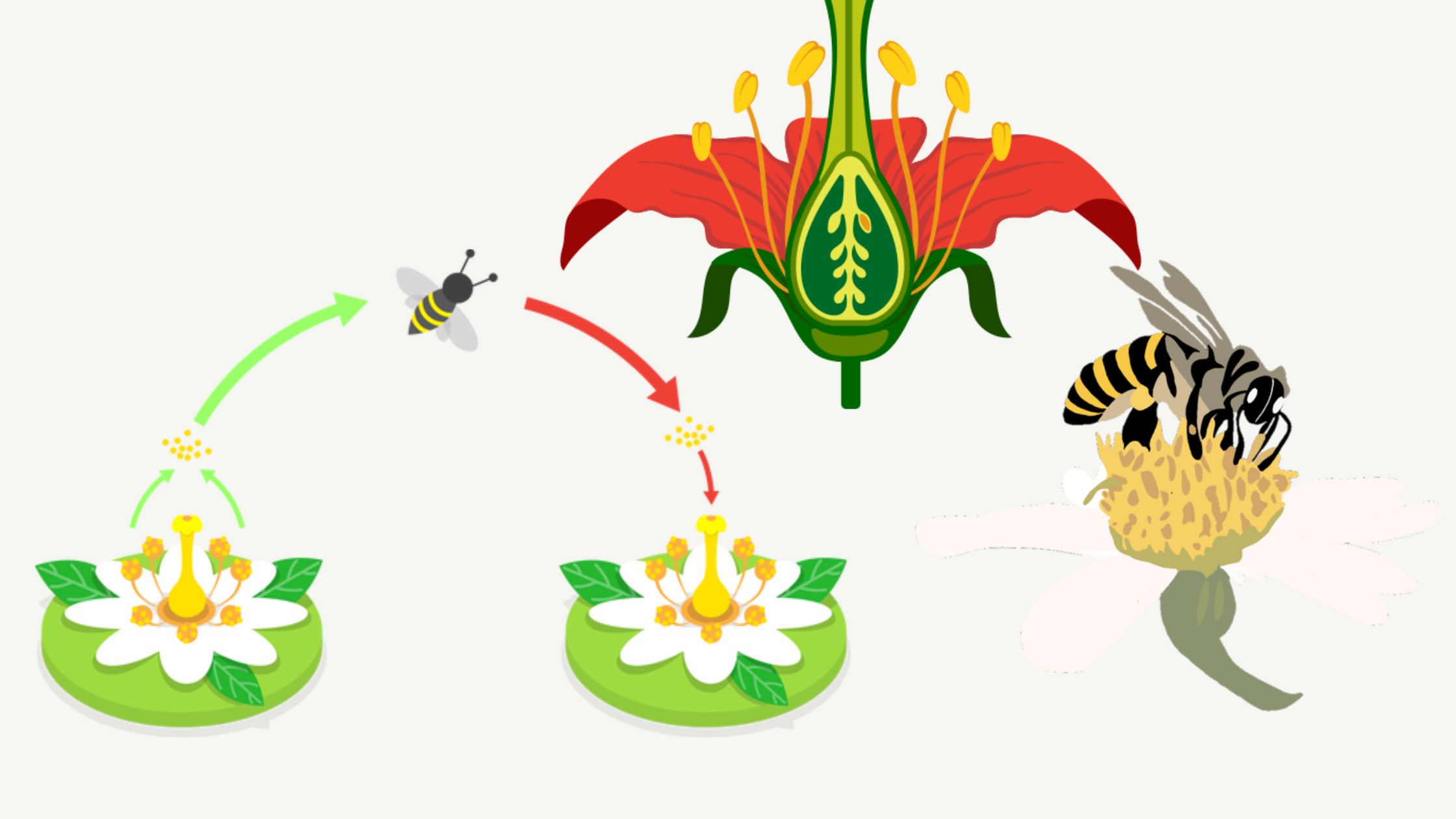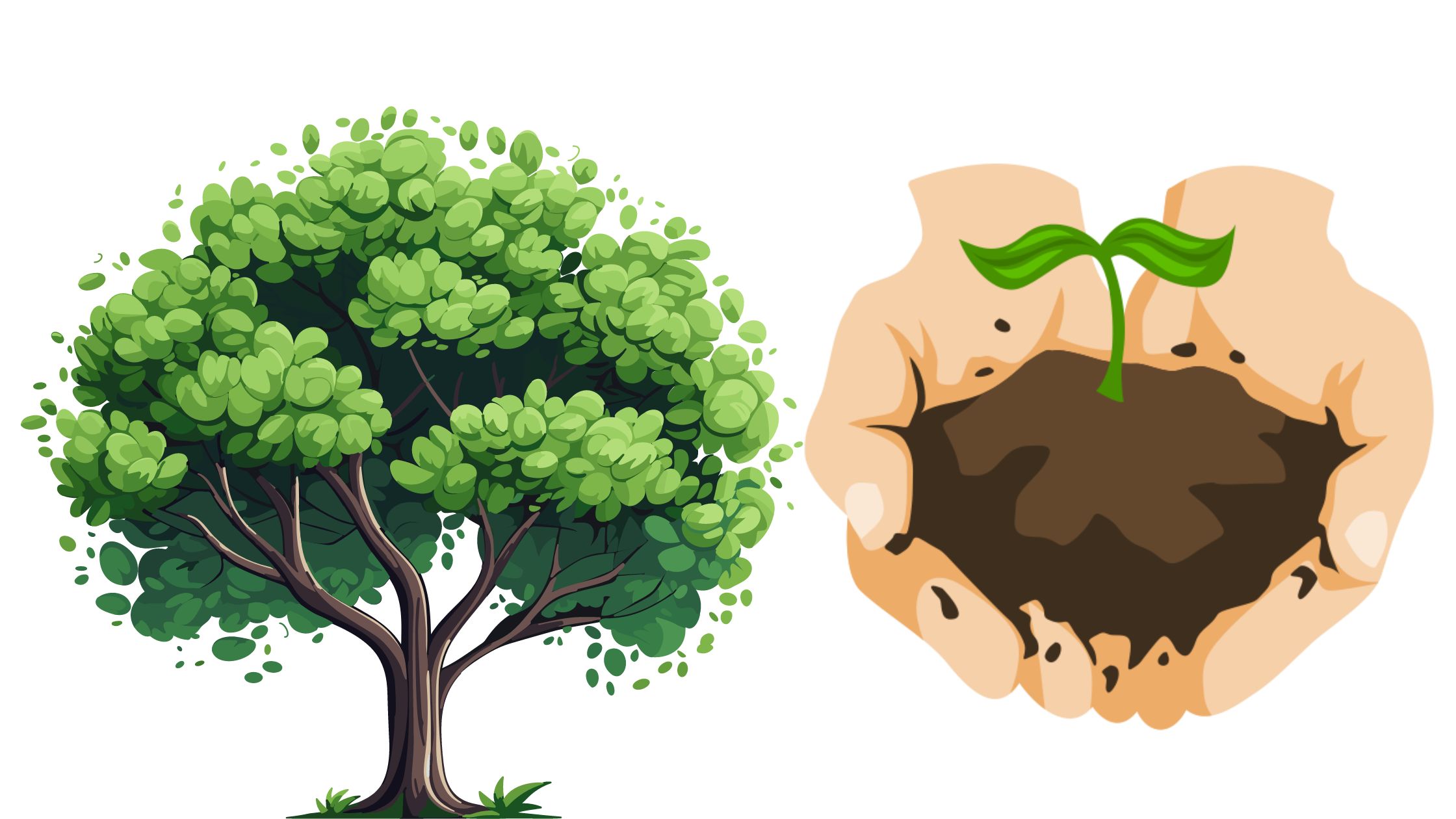Backcross Method – Procedure, Applications, Advantages, Disadvantages
What is Backcross Method? Definition of Backcross Method The backcross method is a breeding technique where a hybrid or progeny is repeatedly crossed with one of its original parent plants to transfer specific traits from the donor parent to the recipient parent while preserving the recipient’s original characteristics. Requirements of a backcross programme To effectively … Read more
